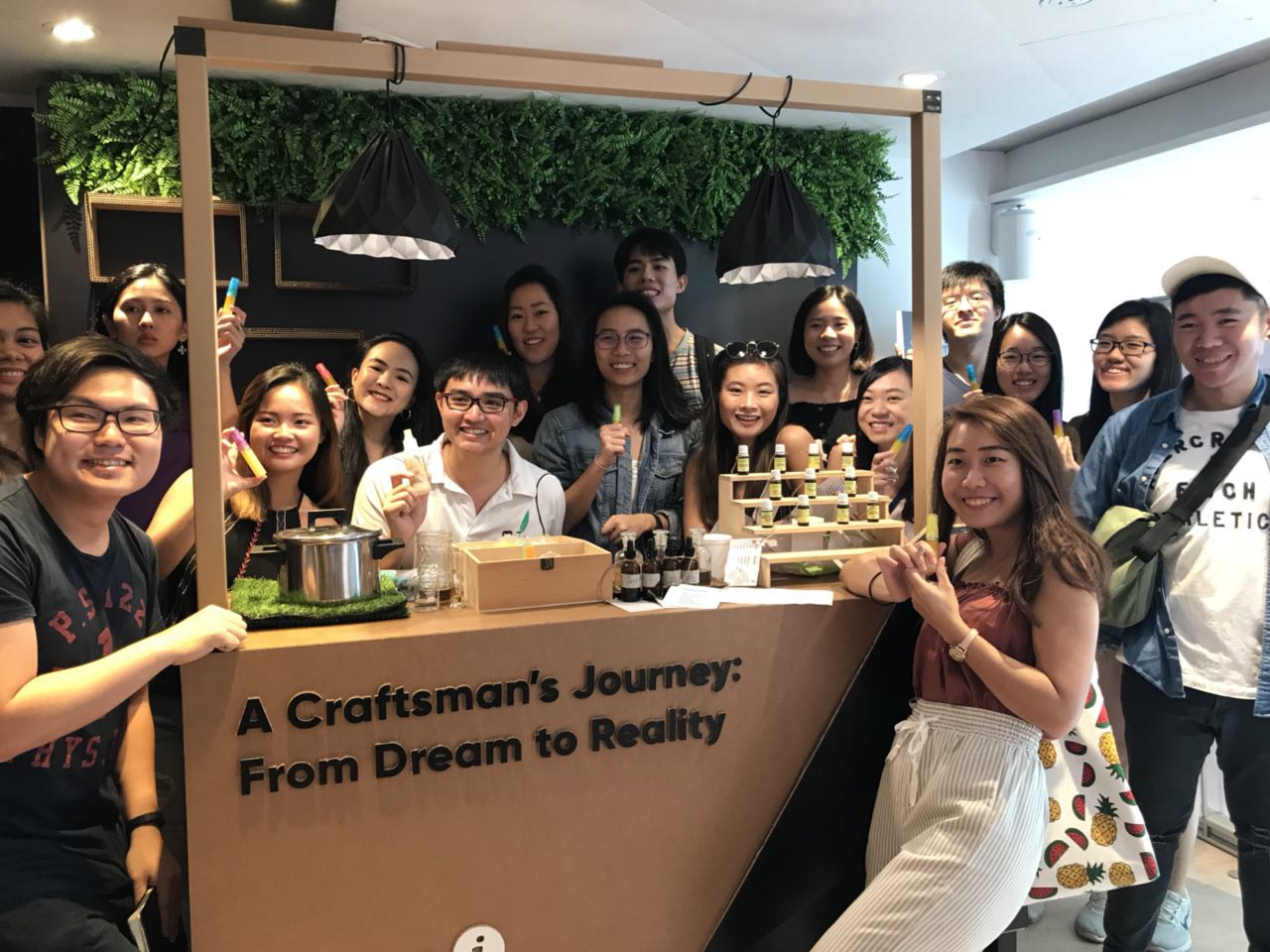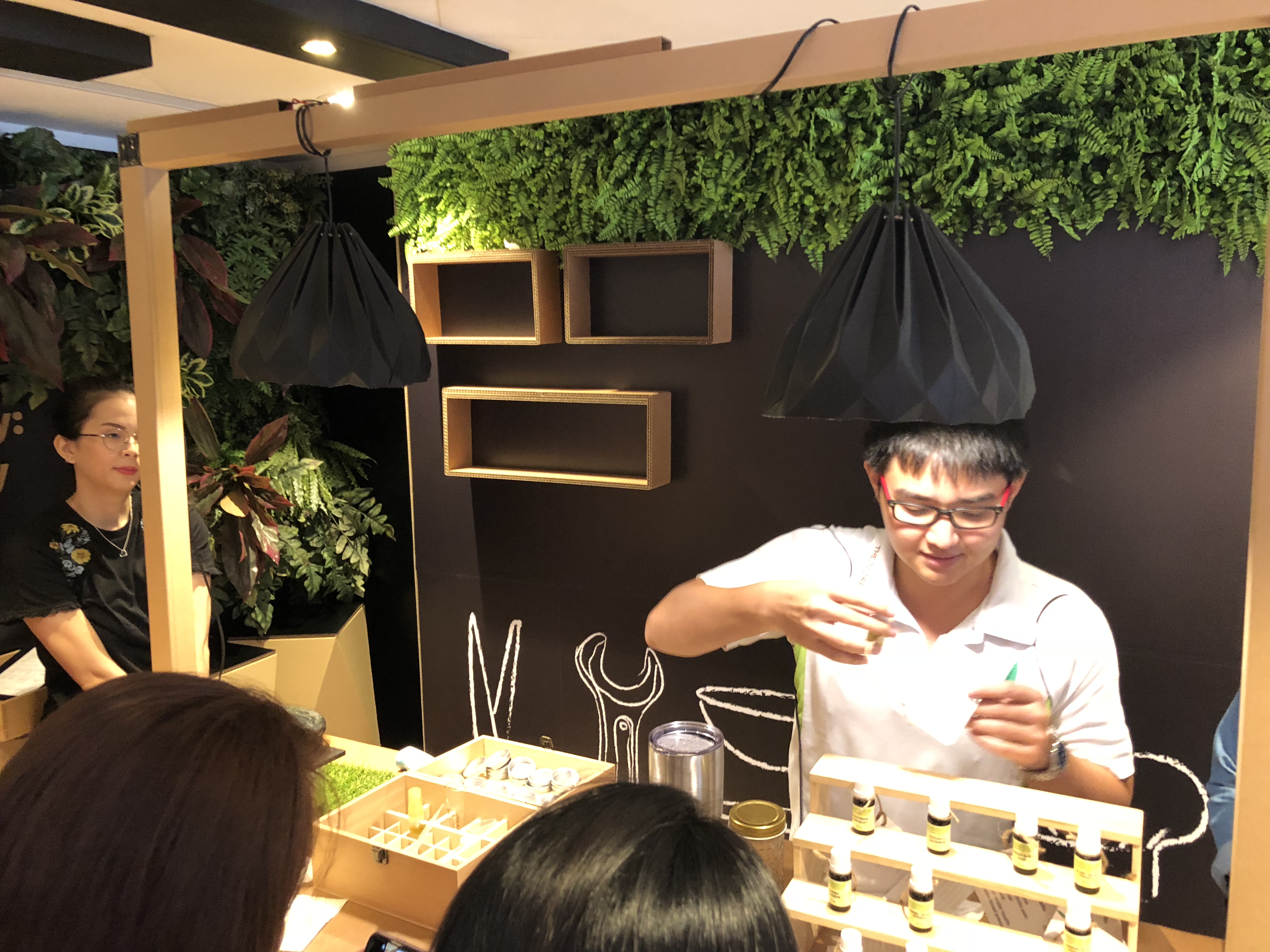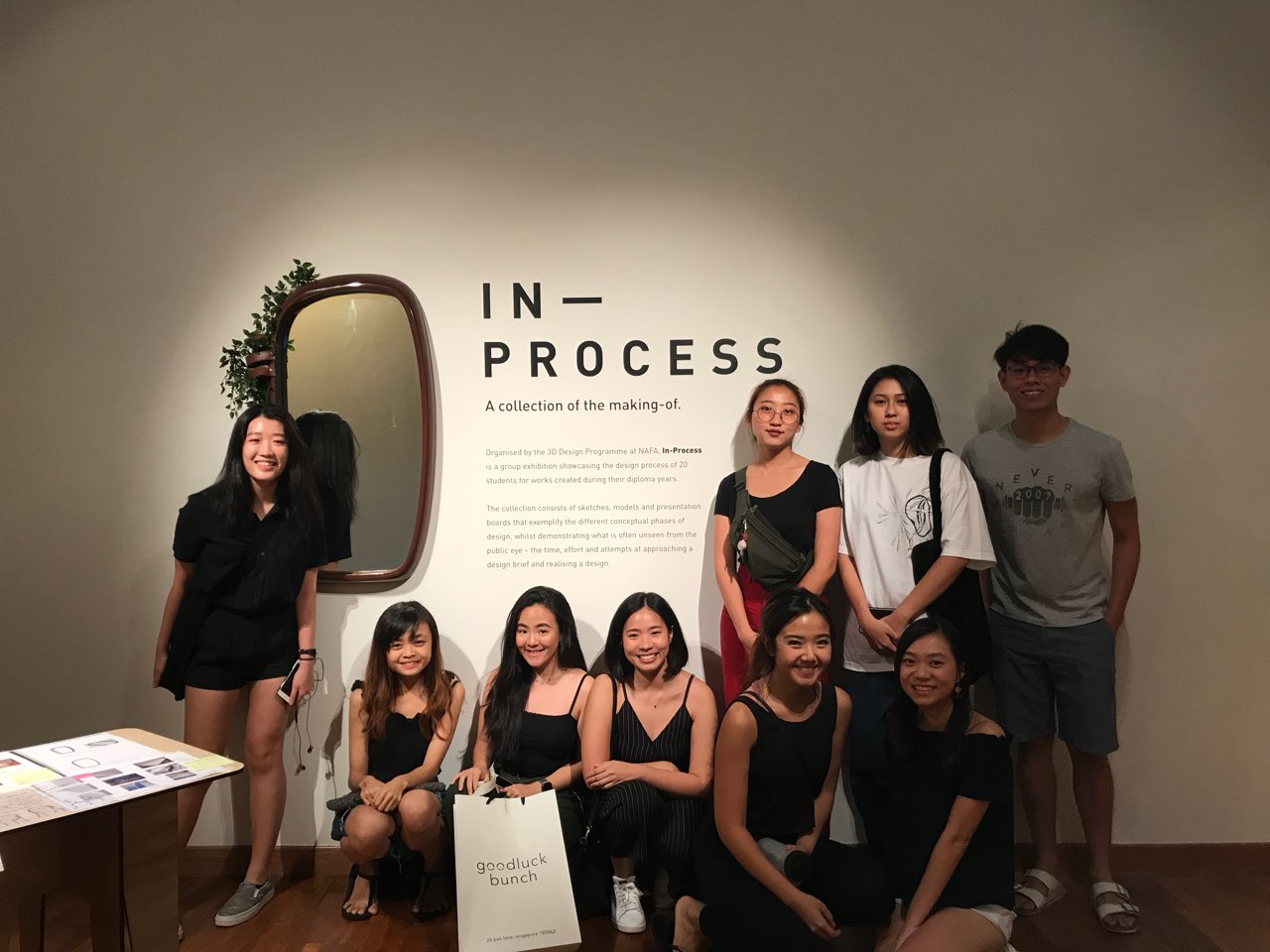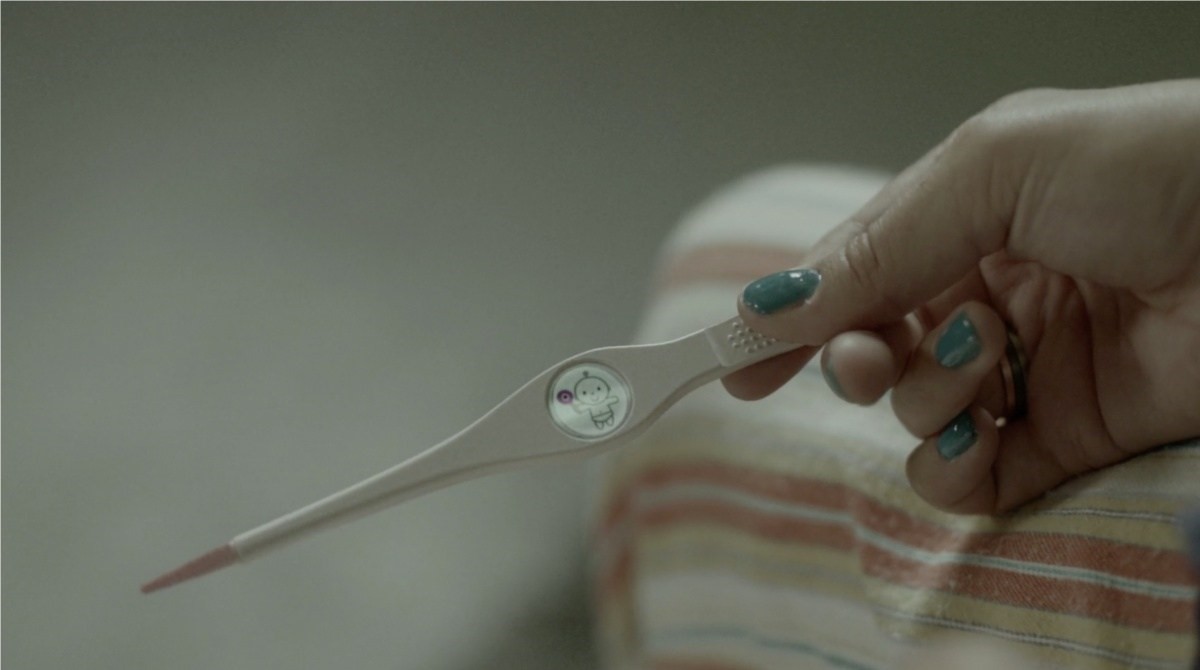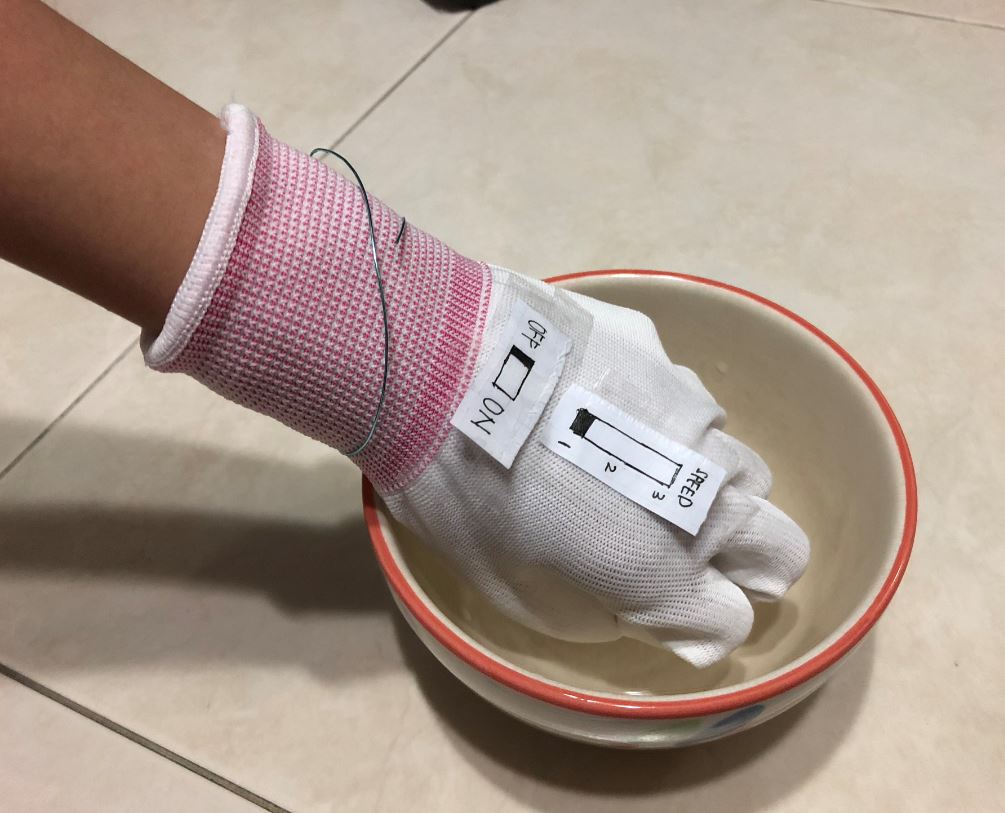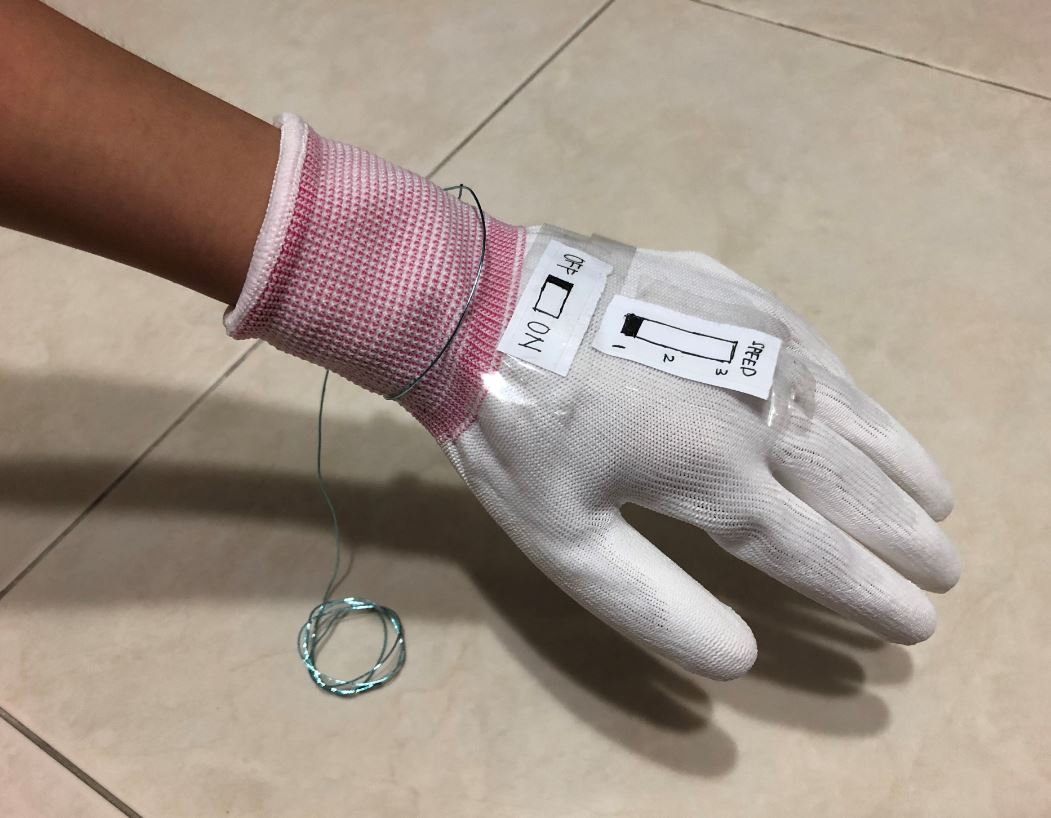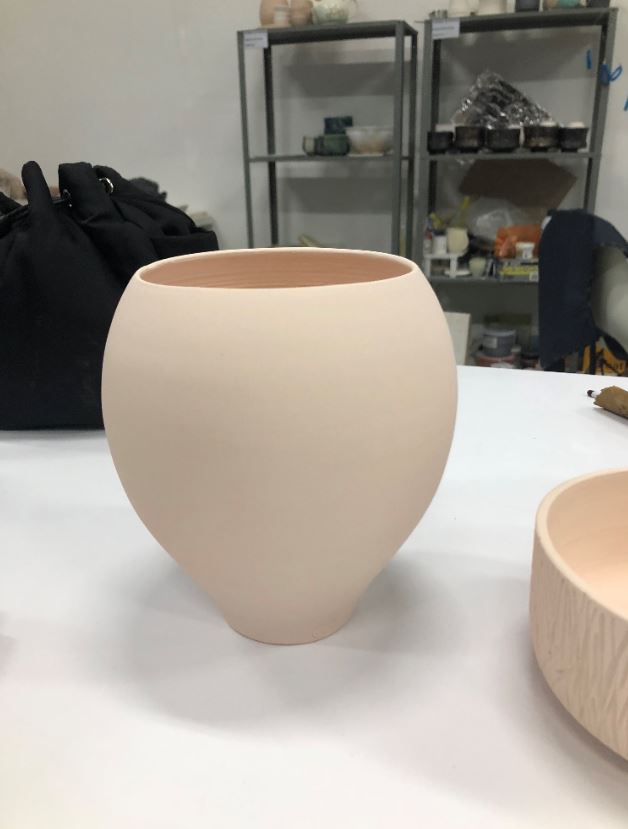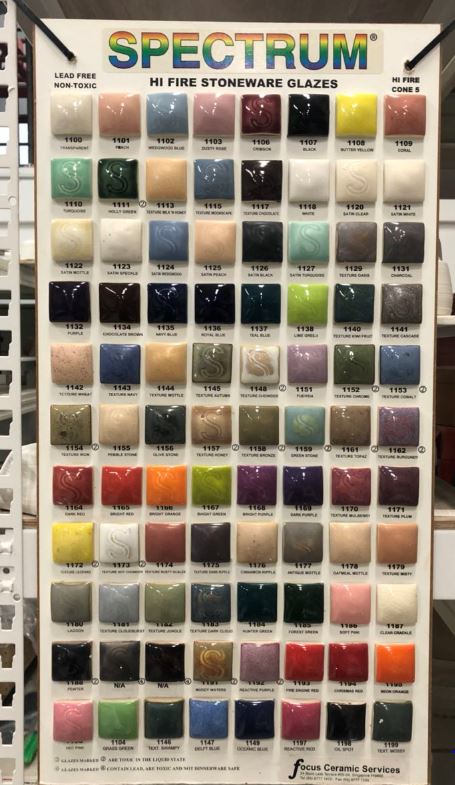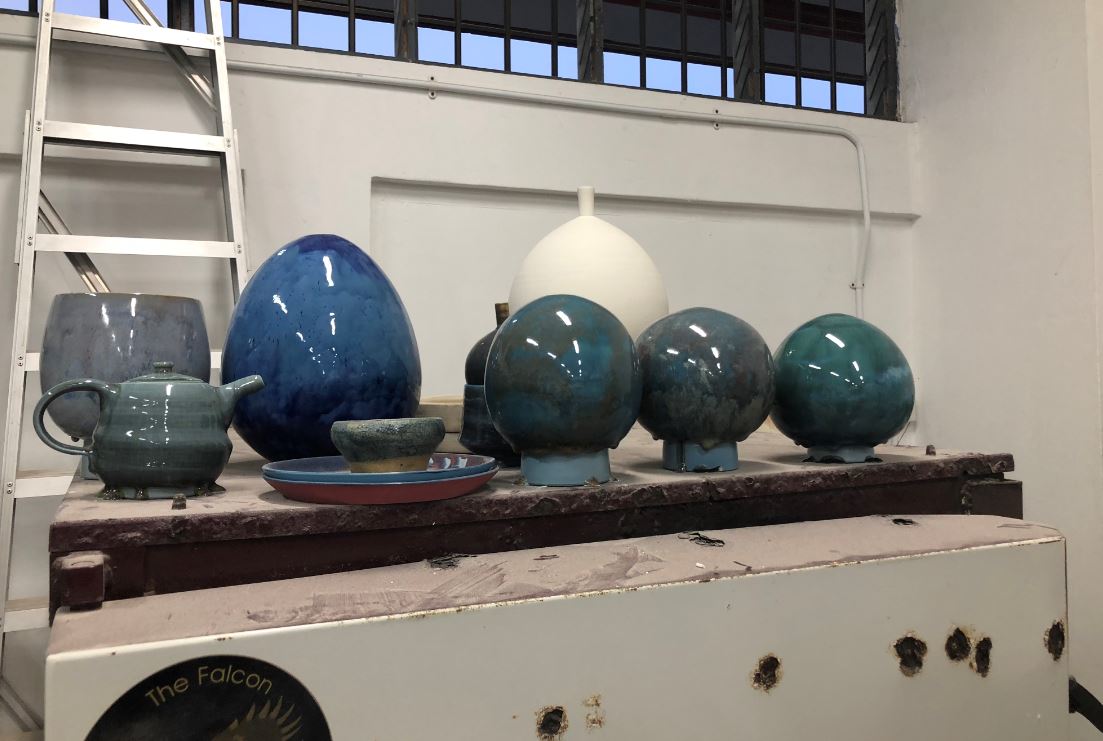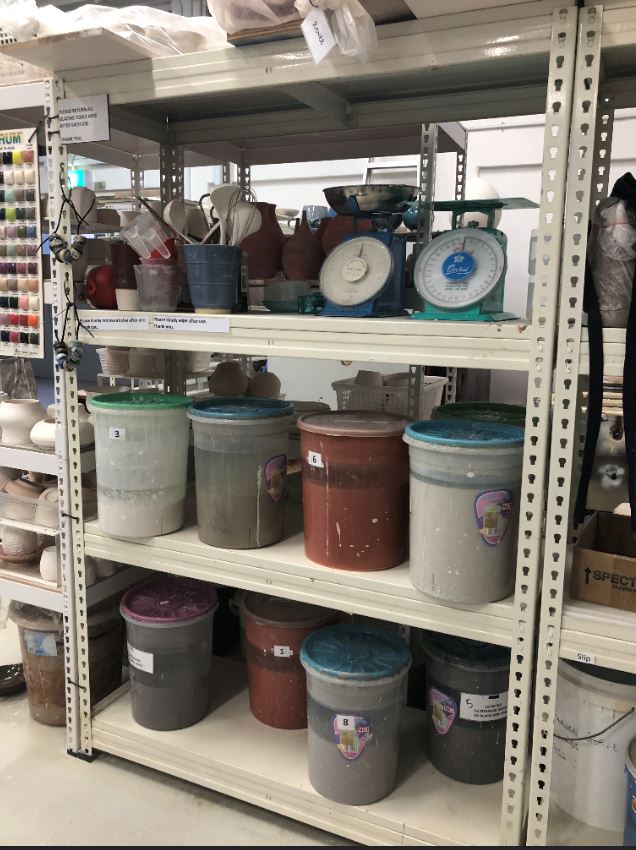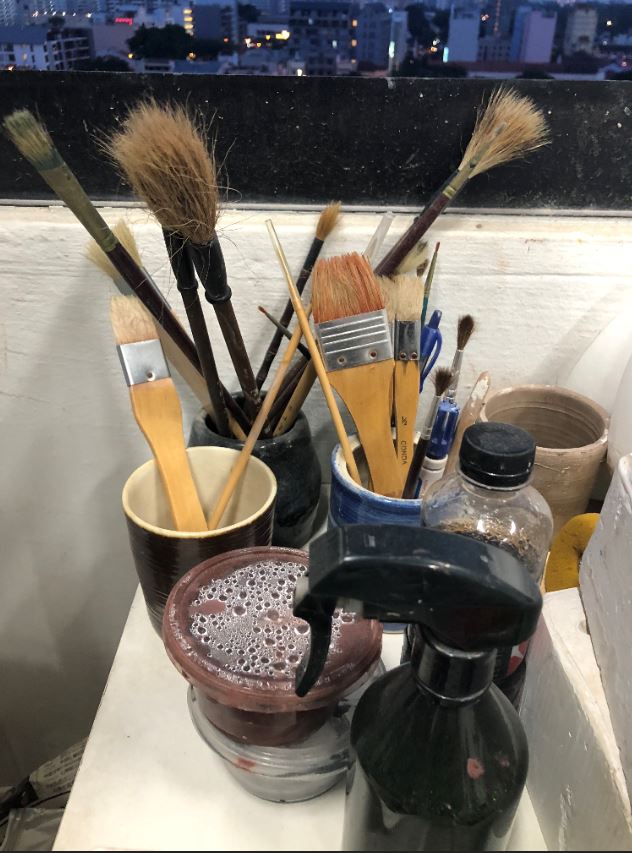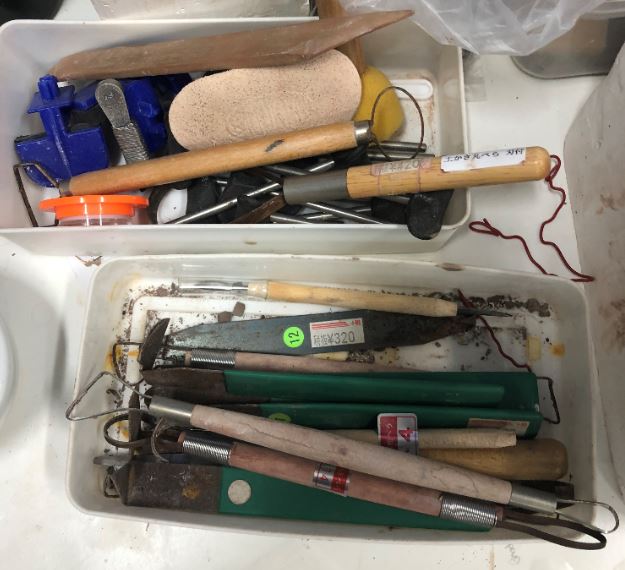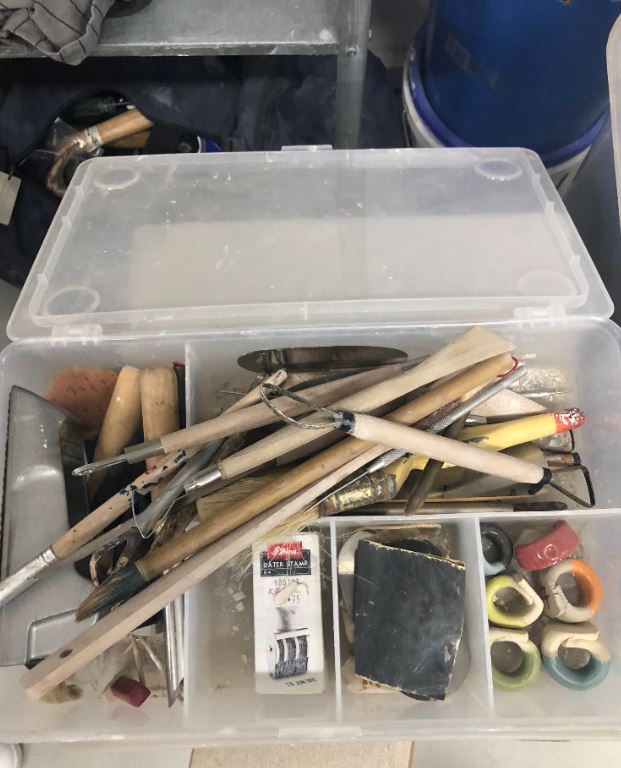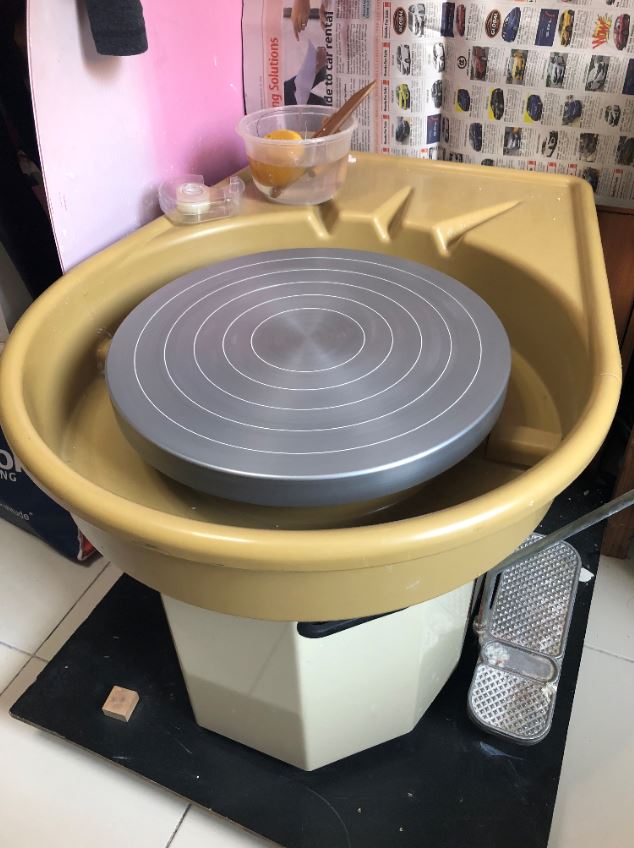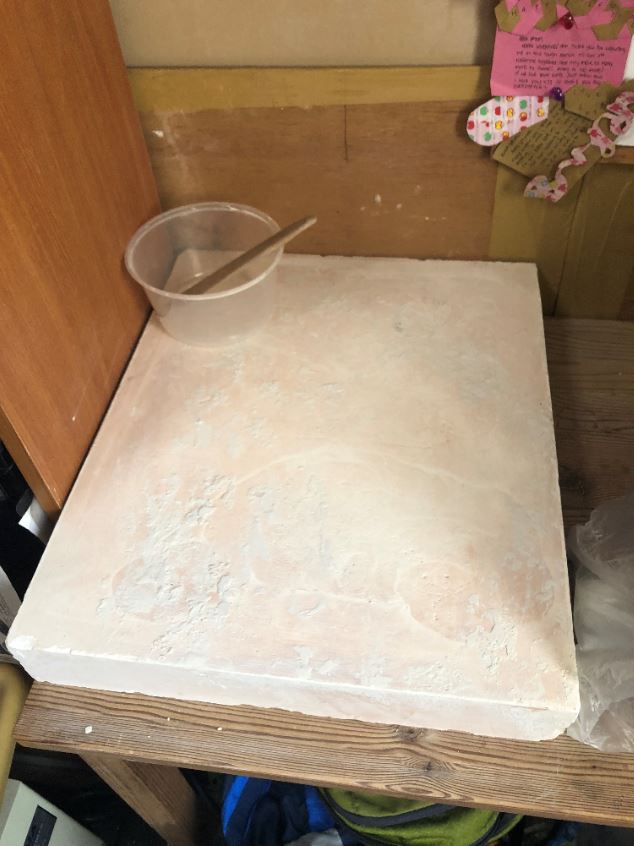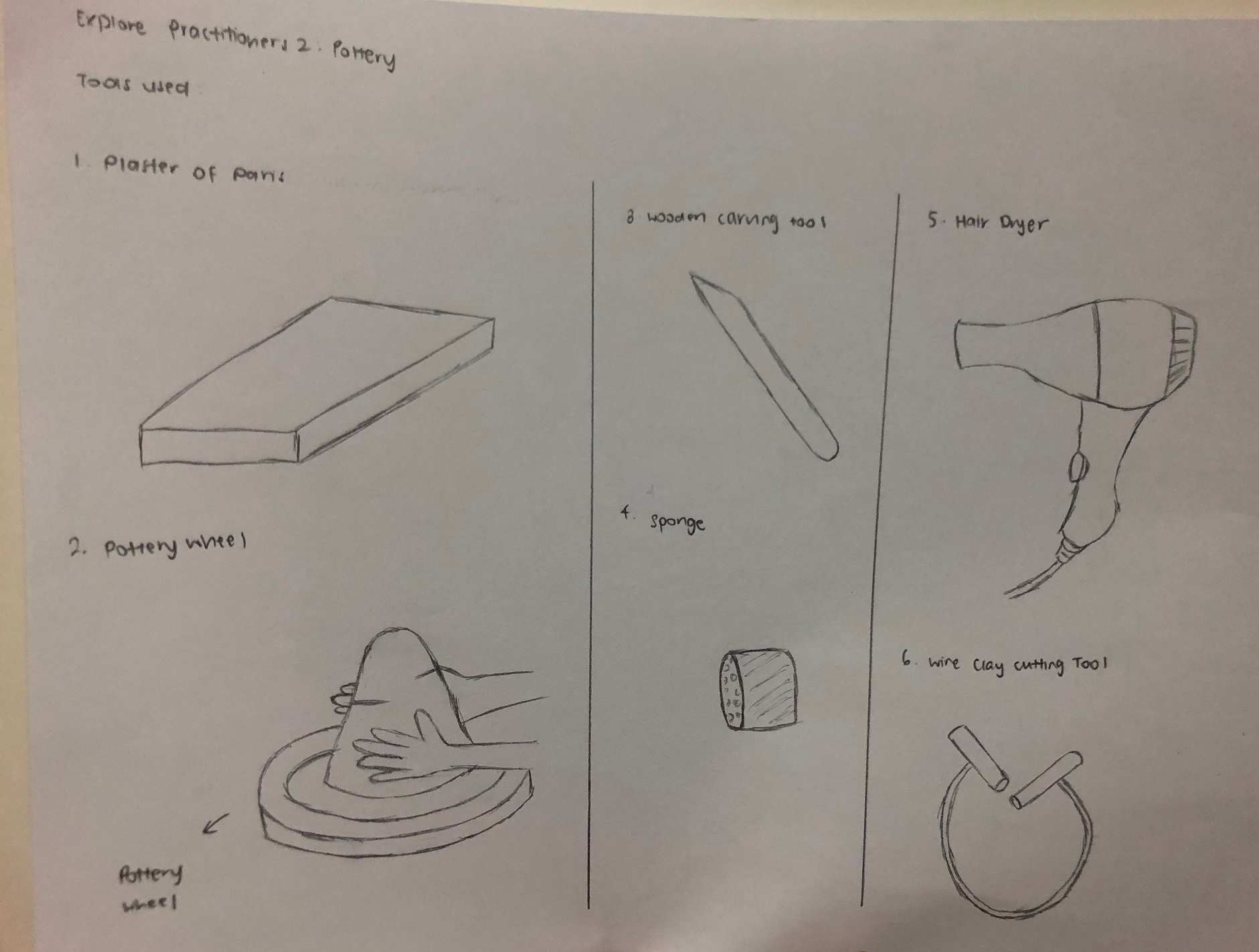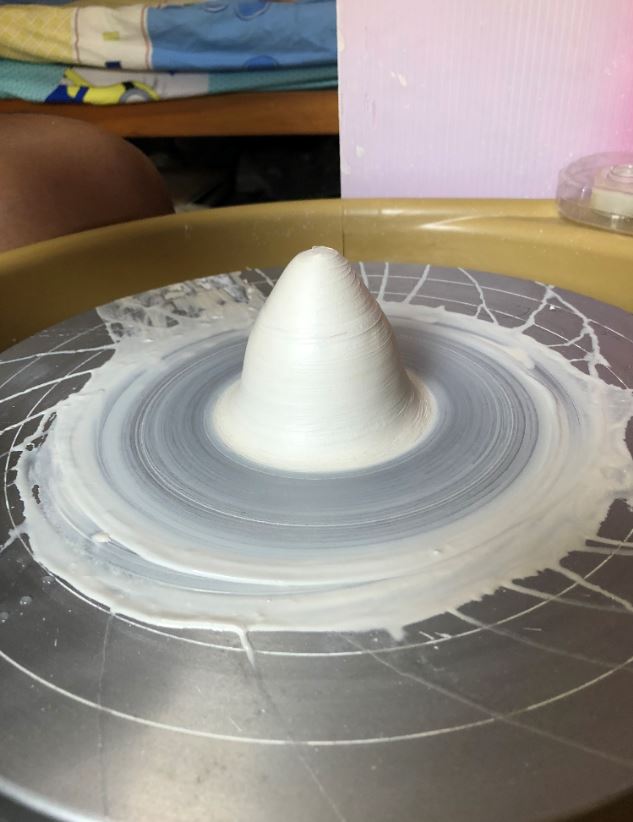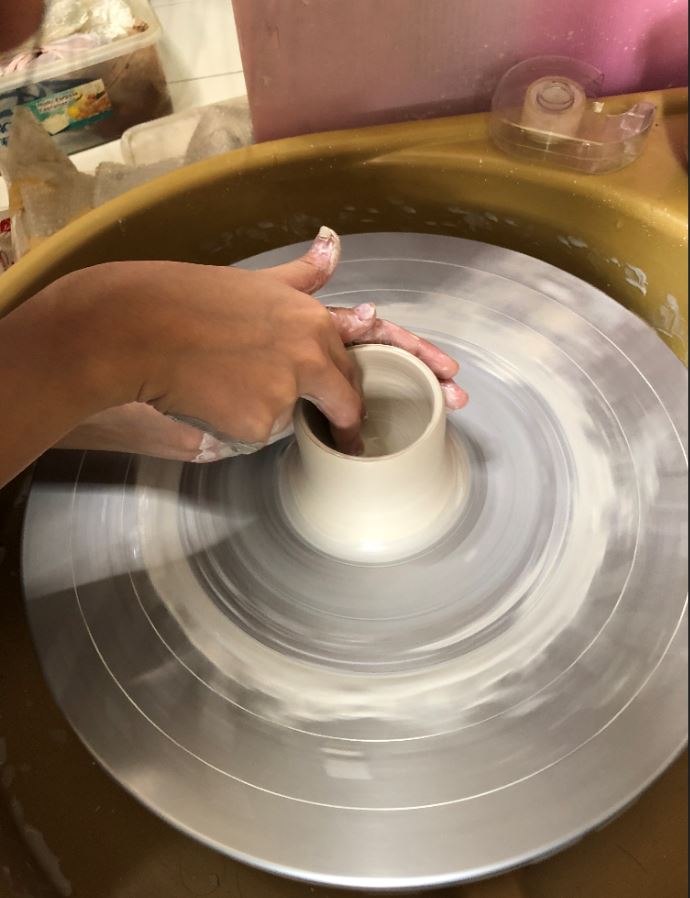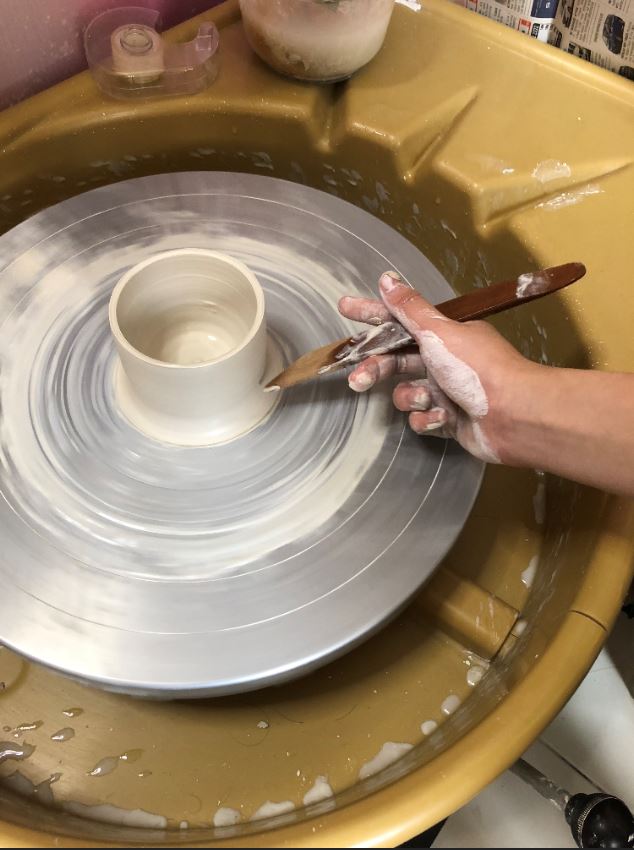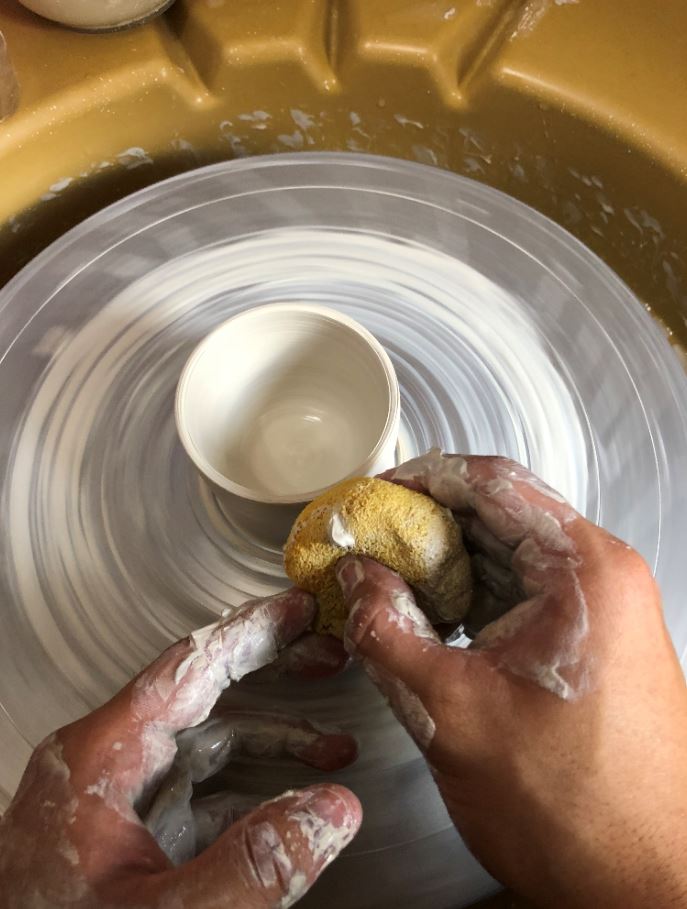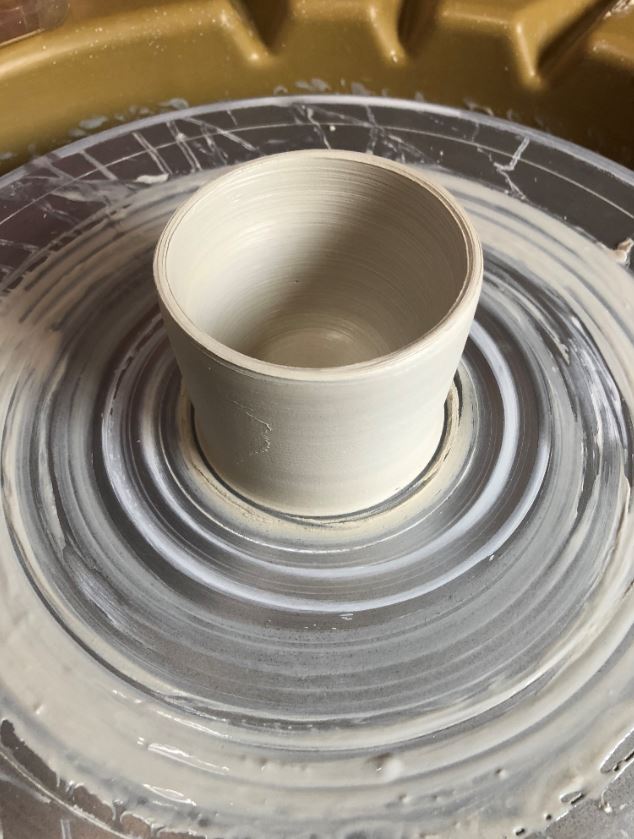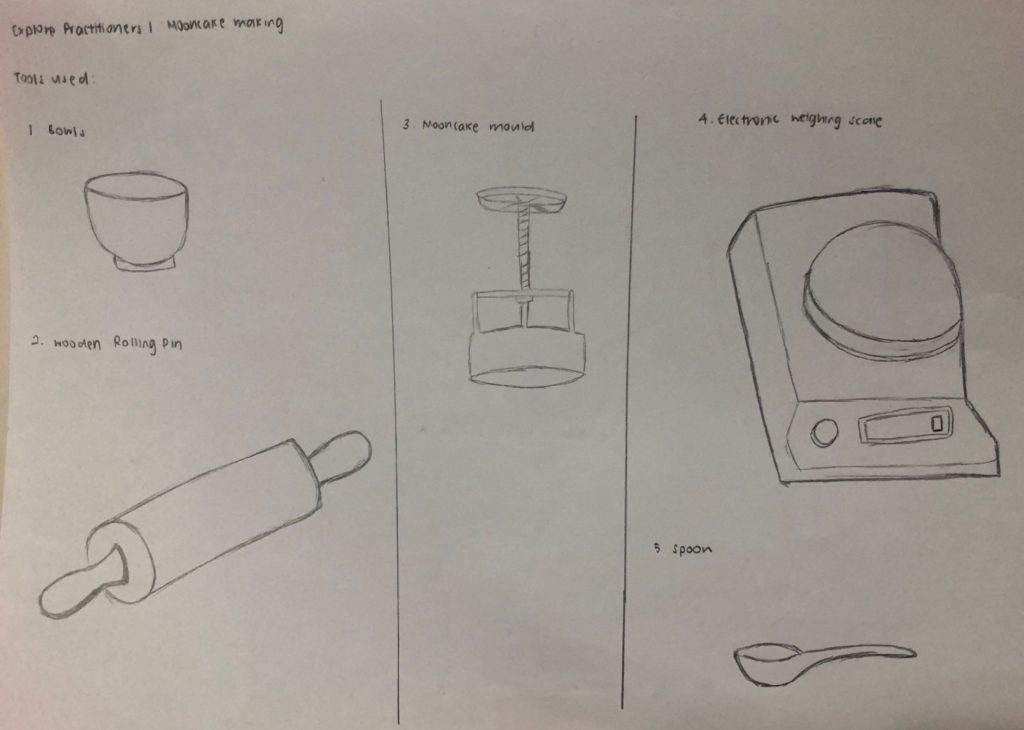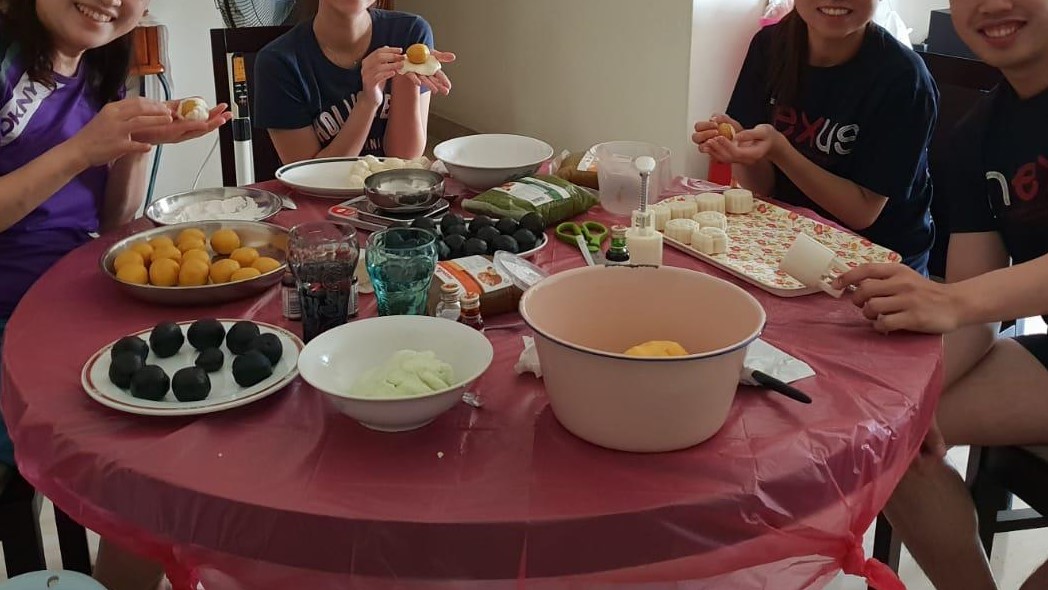1. Story
On a random day, Kate received a video message on her device. The device started to play the message and to Kate’s surprise, she saw herself on it. The message warned her that she should not invite one of her classmates, Joe, to hang out after school. Kate thinks that the message was a prank therefore, chose to ignore it.
When she reached school, she realised that there was a class gathering that day and Joe marked that he was unable to make it. Kate found the accuracy of the message weird but brushed it off and eventually, continues to persuade Joe to attend it. He finally gave in and went ahead with the class but the next day, Joe did not turn up in school.
Subsequently, every morning before school, Kate will receive one video message warning her on the things she should not say or do to Joe. However, Kate continues to ignore those video messages.
One day when Joe suddenly did not turn up for school, Kate found it weird. Kate approached her two other friends and there was a sudden revelation that all of them are receiving weird messages in the morning. At that point, they realized that those messages were serving as a warning of Joe’s suicide.
As days passed, the three of them will come together and discuss their video messages. From there, they found out that Joe was suffering from depression. When Kate finally gathered courage to talk to Joe about it, she found out that he lost his parents on the day they hung out. This caused Joe to resent himself and has always been thinking of committing suicide since that day. However, things did not become better.
One fateful night, Kate received another message, asking them to go to Joe’s house. She rushed to Joe’s house to find Joe trying to commit suicide. Joe was perplexed about the situation as he did not mention his suicide plans to anyone. It was then that Kate told him about what was going on. Joe eventually broke down in front of Kate.
After that night, things got better, and Joe started to cherish his life together with his friends.
In the second dimension:
The three friends started to reminisce on their days together in front of Joe’s tombstone. They thought about the day they received the news that Joe had committed suicide and passed away. On that day, they recorded a video of themselves. The video consists of the things they wish they could tell their 18-year-old selves, to save their friend. At the end of the day, they left the graveyard together, thinking about Joe.
2. Method
The story will first show the video message that Kate received and how she ignores the video messages. Joe will start showing weird behavior that lead the group to confess everything that they have been receiving. It will slowly progress into how they work together and eventually, managed to save Joe.
The story will then move on to the second dimension where she did not manage to save Joe and the changes in their life without Joe. It will also show the origin on the videos.
3. Technology
The role of the device is to portray how the messages were sent from one dimension to another. It will also show how technology had advanced. The 3-dimensional video messages and the exclusion of phones in the world. The wristband will have to also show how people now video calls each other instead of texting and just normal phone calls.
I think that there is a need to create other materials to prove that the parallel dimensions do exist, and things can be transported from one dimension to another.
